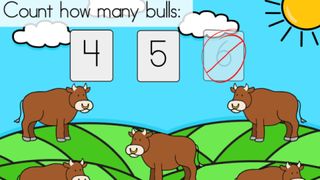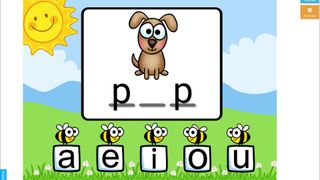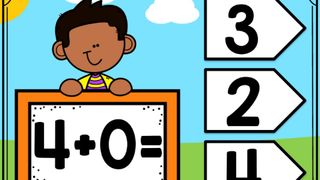Boom Cards is an online platform created for teachers to allow for instruction using cards, without the need for a classroom.
The idea is to let students practice basic skills, such as letters and numbers, with a visually stimulating experience via any accessible device. This covers a range of ages and subject areas, with varying times set aside for each, adjustable by the teacher.
The cards offer tasks for the student to complete and are self-grading, making it a great way to teach effectively while saving on planning and assessment time.
Read on to find out everything you need to know about Boom Cards.
What is Boom Cards?
Boom Cards is a free-to-use platform with paid options for upper levels that cover most subjects and grades. This is a great way to get students engaged in card-based learning while also staying totally paperless.
The platform is purely online so it can be accessed from digital devices, via a web browser. It is also available in app format for both iOS and Android devices. Accordingly, it has been optimized to work on both smartphones and tablets.

Since the cards are self-marking, students can easily submit answers and get feedback right away. This makes it a great resource for self-taught learning during which students work either in the classroom or at home. Since the assessment is shared with teachers, it's possible to keep an eye on progress.
How does Boom Cards work?
Boom Cards is easy to sign up for and begin using right away. As a teacher with a full account, it's possible to create student logins for your class so you can assign work directly. This also makes for easy at-a-glance assessments of progress.
Usefully, Boom Cards lets students use their Google Classroom login to get access, making the setup and access process super simple. Since it's both easy to create your own content or use that of other teachers, it's very straightforward to get up and running right away.

From very simple letter- and number-based learning all the way to subject specific cards and even social-emotional learning, this covers a wide area of subjects, which are easily navigated.
The data is fed back to teachers right away, allowing for assessments of individuals or even as a way to provide feedback to department heads, for example.
What are the best Boom Cards features?
Boom Cards, in some cases, uses moveable pieces, so it is ideal for those using a tablet and can work well for students who are better engaged with that kind of interaction.
Since the platform is totally editable, teachers can easily make their own boom decks, comprising boom cards of their own making – ideal for exact targeted testing and learning.

Despite the best options being in the paid-for service, there is the choice to access up to five self-made decks for free. This is a sort of try-before-you-buy situation in which you can then pay for a deck if you like what's on offer.
Since you can send Boom Cards to individual students or groups, it can make for targeted learning and classwide assessments. This service is called Hyperplay and is available on several plan levels including Basic, Power, and PowerPlus.
Boom Cards can be assigned through Google Classroom, making it very easy to use for schools already setup within that system. There is also the option to overlay sound, making for a great way to offer accessible learning but also for guidance to students learning remotely.
How much does Boom Cards cost?
There are four tiers to Boom Cards access: Starter, Basic, Power, and PowerPlus.
Starter gets you free access to decks for a single class, with five students and five self-made decks.
Basic, at $15 per year, offers three classrooms and 50 students, with five self-made decks.
Power, at $25 per year, gets you five classes, 150 students, unlimited self-made decks, and live monitoring.
PowerPlus, at $30 per year, offers seven classes, 150 students, unlimited self-made decks, live monitoring, and the ability to create with sounds.
Boom Cards best tips and tricks
Use stories
Make cards that tell a story, such as how to properly affix safety gear in a science class, for example. This lets students follow along, with audio where available, learning as they go and being assessed so you know they've taken it all in.
Save your cards
Be sure to organize your cards so you can use any again. From students within a class progressing up to cards across year groups, don't let your creations go to waste.
Get feedback
While you'll be able to assess a student's performance, that won't tell you how they found a deck. Get feedback so you can find what works best and how the students engage most effectively.

